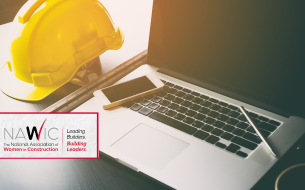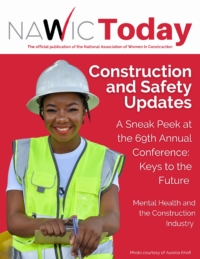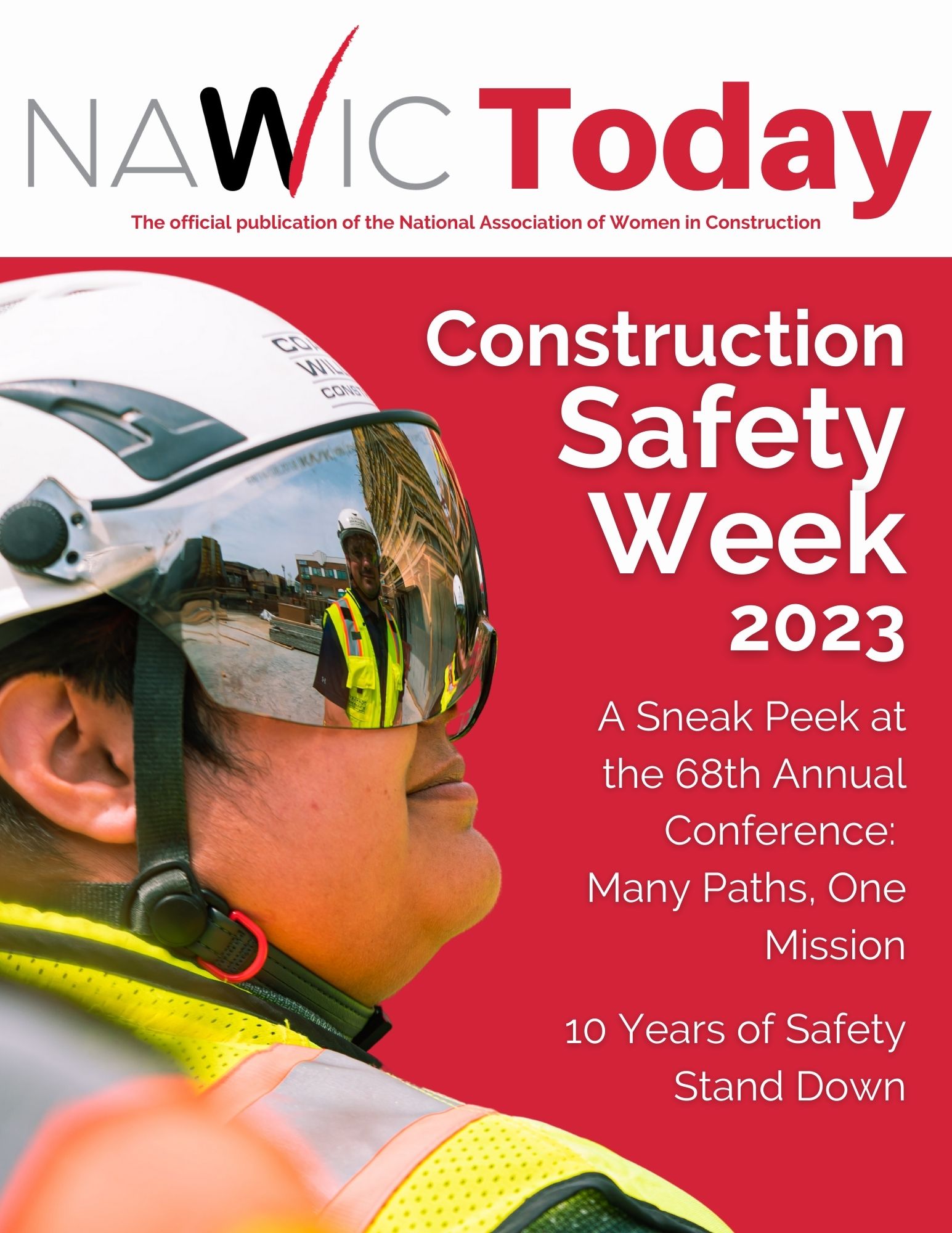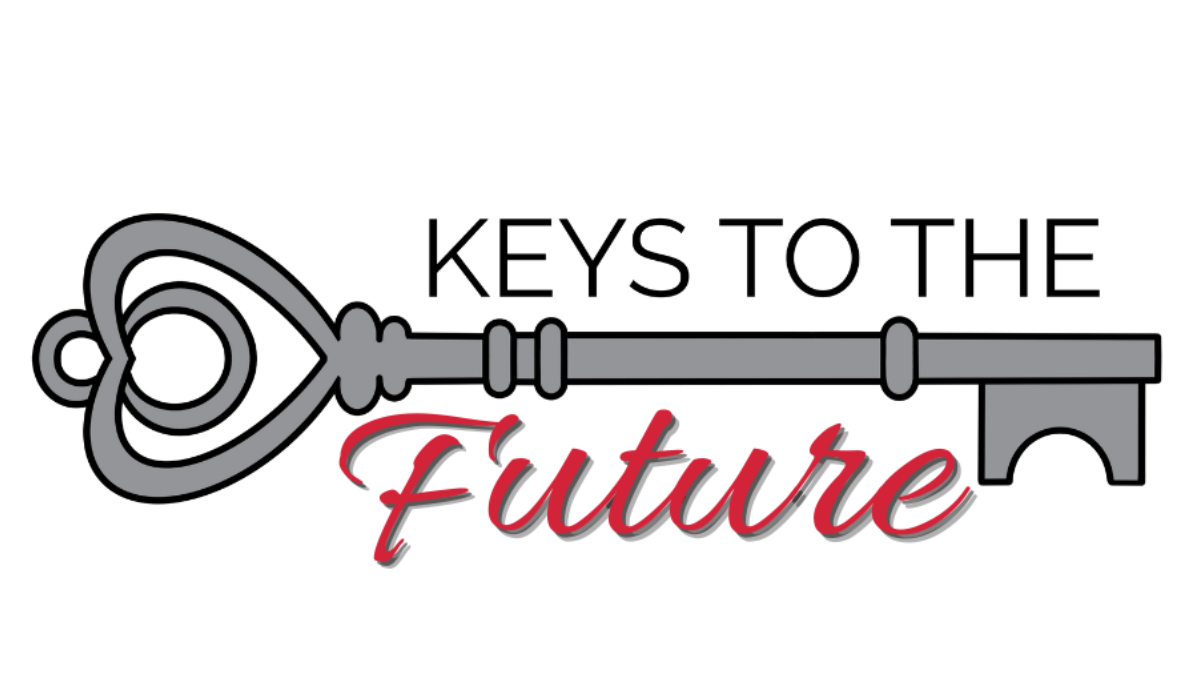Safety Helmets for Construction Workers Provide Better Protection Against Traumatic Brain Injuries

Picture a construction worker and chances are the first thing you think of is someone in a hard hat along with safety glasses, protective gloves, a high visibility vest, and steel-toe boots. The hard hat is essential to construction site PPE (personal protective equipment), but that may be changing as more and more construction workers change to helmets for better head protection.
Kathi Dobson, Safety Director for Alberici Constructors, NAWIC member, and former OSHA/NAWIC Alliance Chairperson, said, “I VERY reluctantly came into the helmet discussion about 4 years ago, and then quickly began to understand that the reason why I didn’t want to transition to a helmet is because it was ‘different’ – it was ‘new’. Once I got into the research, I recognized the importance of a helmet over a hard hat. There are lots of options available at a wide variety of price ranges, so companies can research and identify what will work best for them. Most importantly, they can save lives.”
Safety helmets for construction workers reduce risk of TBIs
Traumatic brain injuries, such as concussions, can result in mild injuries, short-term and long-term disabilities, or even death. TBIs account for 20-25% of all work-related injuries, with the highest number occurring in the construction industry where they are a leading cause of death.
A 2016 National Institute for Occupational Safety and Health (NIOSH) study found that more than half of fatal work-related traumatic brain injuries are the result of falls. Struck-by incidents also caused a significant number of TBIs. (Accordingly, OSHA’s Fatal Four construction hazards include falls and struck-by, along with electrocution and caught-in incidents.)
What is the difference between a hard hat and a helmet?
Because of the greater protection offered by safety helmets for construction workers, they can reduce the severity of injuries and the number of fatal TBIs. Dobson explains, “Hard hats are great protecting someone from a dropped object that comes straight down (we’ve all seen the controlled dropped object watermelon tests), but hard hats will come off someone’s head when a fall occurs, and the head and brain don’t do well when they come in contact with a solid substance like the ground.”
The new safety helmets for construction workers feature a chin strap to keep them in place to protect a worker’s head at all times. Helmets may also have an integrated shield that meets OSHA requirements for eye protection, which eliminates the need for safety goggles while providing eye protection from the sun and debris. Attachable earmuffs offer noise protection and optional visors and lights can help improve vision.
“For me, an unrecoverable traumatic brain injury is one of the worst things that someone can experience,” Dobson said. “If a helmet can prevent one TBI, it’s a start and it’s one life—actually many lives when you consider the families and friends that are impacted by a long-term disabling injury—that isn’t negatively affected forever. As safety professionals, we almost never see the impact we have on others – this is something that will make a difference. We need to keep our brains safe and sound to accomplish everything we do. Helmets are an investment in the safety of our employees and a way to demonstrate that we care about our workers’ health and well-being.”
Want to know more about safety for women in construction?
The National Association for Women in Construction is the leading organization for female builders. NAWIC provides support, networking, mentorship, educational opportunities, and advocacy for women in all areas of construction. Through an alliance with OSHA, NAWIC provides training and education to keep women in construction safe. Learn more at https://www.nawic.org/osha-nawic_ambassador





